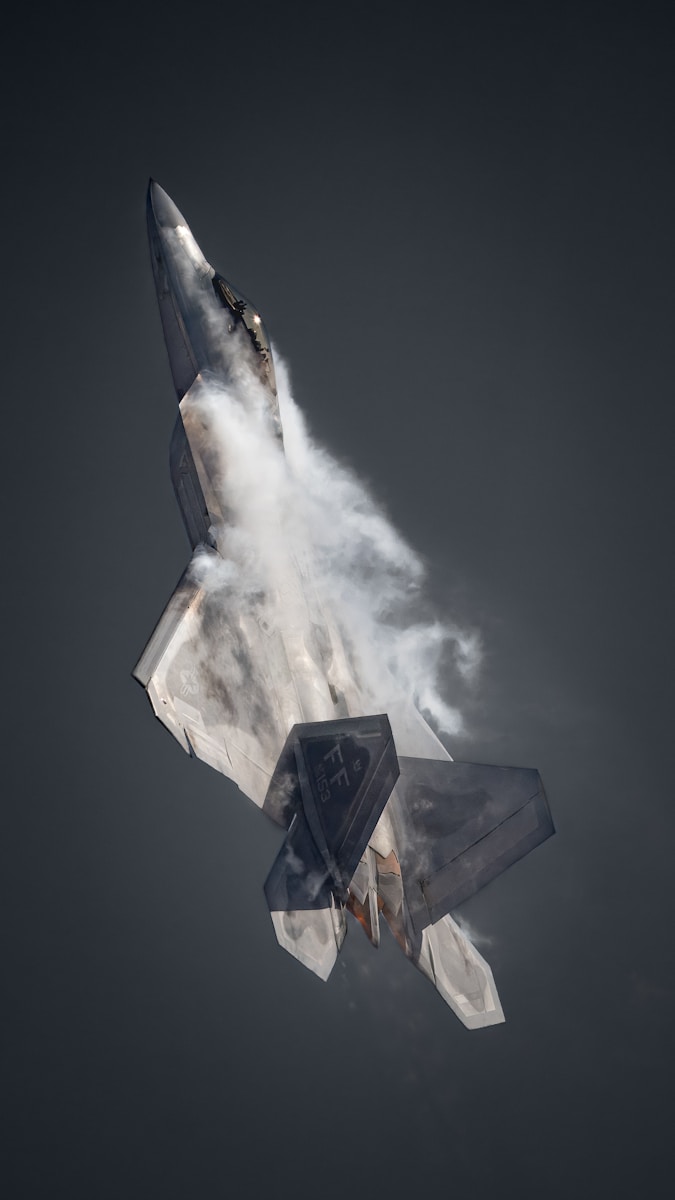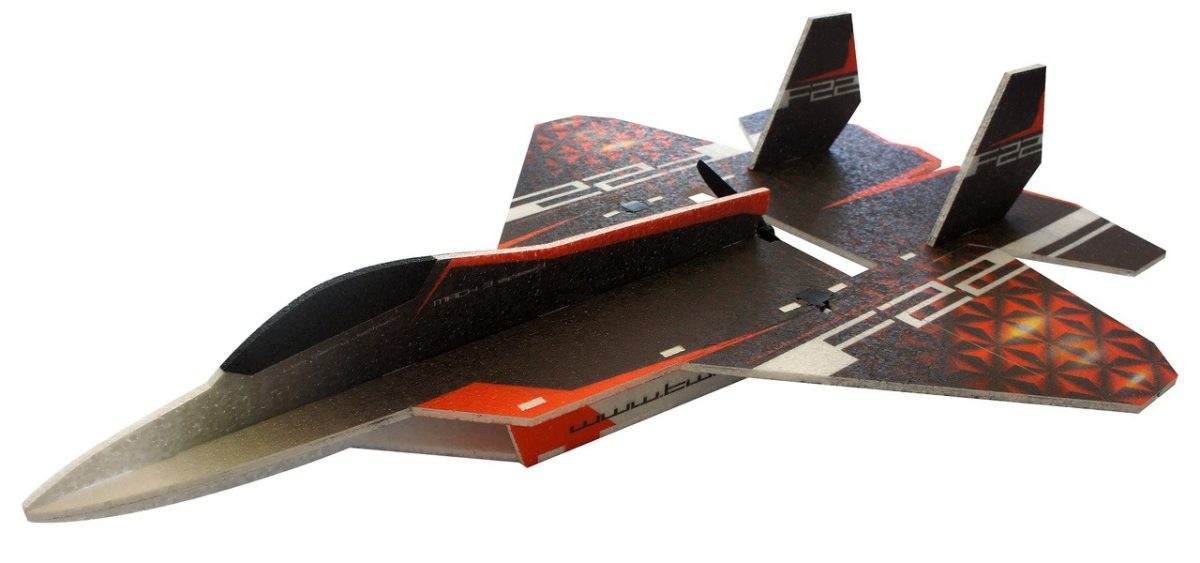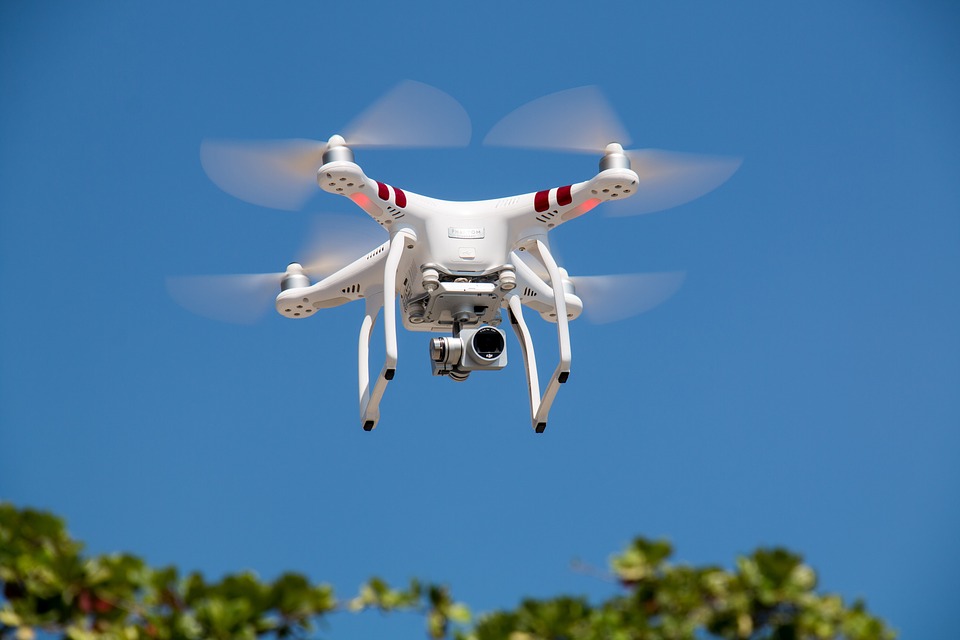Radar, which stands for Radio, Detection, and Ranging, operates by sending out a pulse of radio waves and measuring how long it takes to bounce back after hitting an object—in this case, an aircraft. The time it takes for the echoes to return helps determine the distance to the plane. The direction in which the radar antenna is pointed indicates the plane’s position relative to the radar station.
The primary radar sends out a pulse of radio waves, which then bounce off any solid object, including an aircraft. The radar system calculates the distance based on the time it takes for the signal to return. P-Radar does not require any equipment on the plane, making it effective for detecting all types of objects in the sky.
Stealth aircraft are designed with materials and shapes that deflect radar waves away from the source. These planes often feature smooth, angular designs and are coated with radar-absorbent materials (RAM) that minimize reflections. This makes them less visible to radar systems, increasing their chances of operating undetected.
Another tactic employed to evade radar detection is flying at very low altitudes, often referred to as terrain masking. By flying close to the ground, aircraft can use natural landscape features such as mountains or hills to shield themselves from radar systems, making it harder for radar signals to pick up their presence.
RELATED STORIES:
https://science.howstuffworks.com/stealth-bomber4.htm
https://simpleflying.com/how-do-stealth-aircraft-avoid-radar/
https://science.howstuffworks.com/question69.htm





